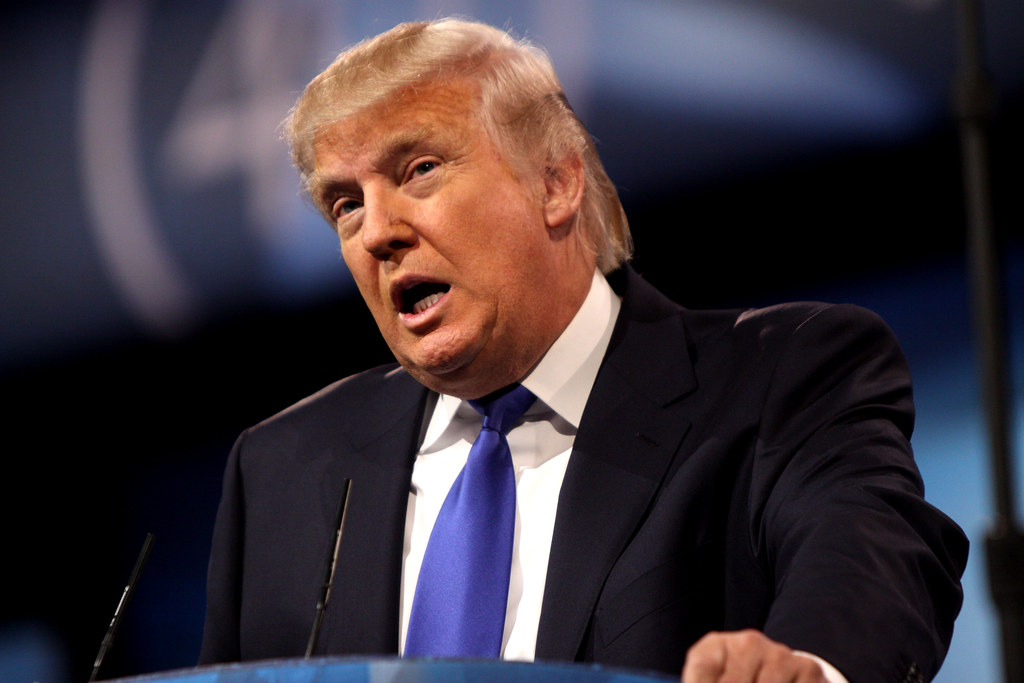Key takeaways:
- President Trump’s trip blended policy goals with a major PR push.
- Expert Scott Lucas labeled the event an “ego trip” that may harm real progress.
- The peace deal faces pressure from Israeli hard-right ministers to keep fighting.
- Benjamin Netanyahu appeared uneasy beside Trump during the signing.
- Critics warn that media moments could overshadow the deal’s substance.
Inside the Peace Deal Spectacle
President Trump flew to Egypt to sign a peace deal between Israel and Hamas. He posed for countless photos and greeted leaders with big smiles. Yet the agreement still faces serious hurdles. Moreover, many see this visit as much about showmanship as it is about lasting peace.
Trump’s Ego Trip in Egypt
First, Trump arrived in Cairo amid a flurry of cameras and reporters. He shook hands with Israeli Prime Minister Benjamin Netanyahu and Egyptian President Abdel Fattah el-Sisi. Then he gave speeches praising the deal as historic. However, he often focused on his own role rather than on solving core issues.
Meanwhile, Scott Lucas, a professor of international politics, called this trip an “ego trip.” He argued Trump treated the event like a victory lap. Clearly, that emphasis on personal glory may undercut real negotiations. After all, lasting peace needs careful diplomacy, not a photo op.
Why the Peace Deal Faces Big Challenges
The peace deal still depends on tough decisions back home. Israeli hard-right ministers want to push on with military action. In fact, they have warned Netanyahu against any ceasefire moves. Consequently, any agreement could fall apart under that internal pressure.
Additionally, Hamas remains divided among its own leaders. Some back the deal while others see it as a betrayal. Therefore, unity within the group is far from guaranteed. Without a cohesive partner on the ground, the agreement risks collapse.
Foreign Analyst Shares Concerns
Professor Lucas pointed out that Trump unexpectedly joined a Gaza reconstruction meeting. That meeting had aimed to map out rebuilding after years of conflict. Yet with Trump’s entrance, it turned into a PR showcase. As a result, real planning took a back seat to staged handshakes and photo frames.
Lucas also noted a pattern. He saw similar stunts during discussions on Ukraine earlier in the year. In each case, Trump’s arrival shifted focus from issues to optics. Consequently, experts fear good intentions may get lost amid flashy gestures.
Netanyahu’s Uneasy Role
Benjamin Netanyahu looked uncomfortable next to Trump. He often stood stiff and avoided eye contact with other leaders. Instead, he seemed to follow Trump’s lead as if he were an aide. Trump, on the other hand, appeared in his element, relishing each camera click.
This dynamic worries many observers. If Israel’s leader feels sidelined, he may resist key parts of the deal. After all, the hard-right wing in his government demands a firm stance against Hamas. Those demands could easily unravel any fragile agreement.
Media Frenzy vs. Real Progress
Too often, media events distract from core issues. During Trump’s visit, reporters chased soundbites and flashy moments. Yet the biggest questions went unanswered. How will hostages be freed? Who will fund Gaza’s reconstruction? And can both sides stick to the terms?
True progress requires clear plans, transparent talks, and trust-building steps. Instead, much of the visit revolved around staged events. As a result, genuine negotiations risk being pushed aside by the next news cycle.
What Comes Next for the Peace Deal?
Despite the showmanship, the deal still has room to grow. First, negotiators must tackle security concerns on both sides. Then, international partners need to pledge funds for rebuilding Gaza schools, hospitals, and homes. Finally, both governments should release hostages and prisoners as goodwill gestures.
However, all these steps depend on political will. In Israel, hard-liners may block unpopular moves. Within Hamas, leaders may face backlash for any compromise. Thus, real change hinges on local politics more than on global PR.
Lessons from the Visit
This trip shows how leadership style shapes diplomacy. When a leader seeks the spotlight, substance can slip away. Alternatively, patient dialogue and quiet meetings often yield stronger results. In the end, lasting peace demands more than photo ops. It needs patience, empathy, and a focus on people’s needs.
Moving forward, both sides must reset priorities. They should place hostages’ freedom and civilian safety above political gains. Otherwise, the peace deal may remain a headline rather than a new chapter in regional stability.
FAQs
What did Scott Lucas mean by calling the visit an “ego trip”?
He meant that Trump focused more on personal glory and media moments than on solving core issues of the agreement.
How did Netanyahu react during the signing of the peace deal?
He appeared hesitant and uncomfortable, as if following Trump’s lead rather than guiding the process.
Can this visit still lead to real peace?
Yes. If leaders follow up with clear plans for hostages, security, and Gaza rebuilding, progress remains possible.
What are the next steps to strengthen the peace deal?
Main steps include negotiating security, securing reconstruction funds, and arranging prisoner exchanges.

